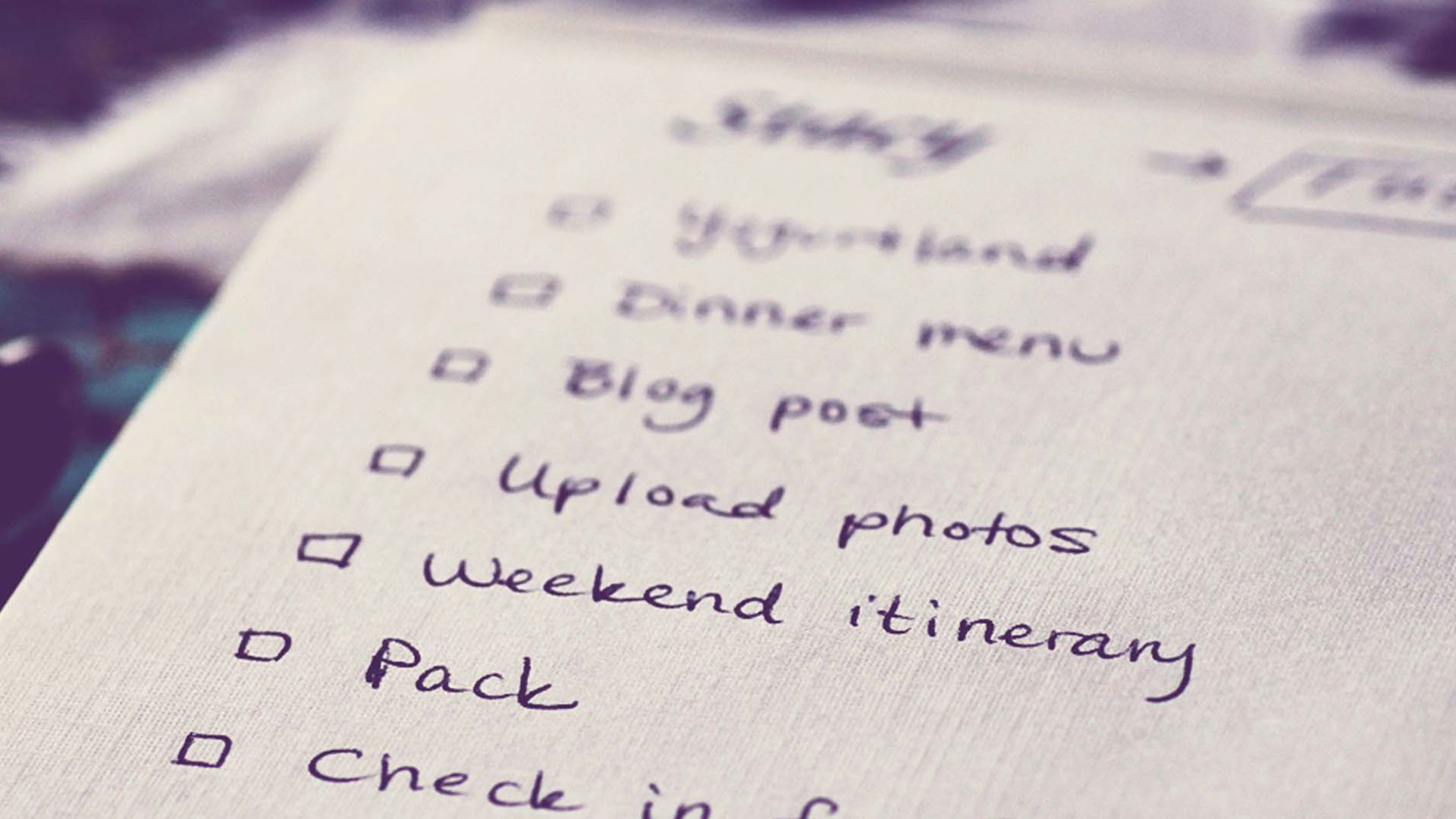Without talking round and round here are direct 2 ways to improve your to-do list.

1. Downsize Your To-Do List
You make a list in the morning of what you want to accomplish in the day. That’s great. Make it better; before you rush off to start accomplishing, go back through that list.
Try to narrow it down to 3 “must-do” items; these are the things that are essential, important, and most possibly the urgent one.
Don’t Be Fooled by the Urgent Trying to Act Like it’s Important!
[It likes to do that. It’s like the short-person-on-a-power-trip syndrome. I can say that because I’m short, Okay?]
Eliminate the detritas from your to-do list. Many of the details, errands, and obligations we allow to creep onto our lists can be ignored or eliminated with very little harm done.
Analyze your list and decide on a few that you really don’t have to do. Focus on the tasks that remain and get them through them as soon as possible.
Ask yourself these questions to get clarity on what should remain on the list (and what shouldn’t):
- Is this my responsibility? (If not, why is it on MY list?)
- Is this an essential or an extra? (Extras can be good, but they should be done AFTER the essentials, not before. And too many extras will clutter up your list and make you feel overwhelmed.)
- Is this something I’m good at or something that is difficult for me? (Working in your strengths is best. No, it’s not always possible. Some tasks have to be done. But when possible, delegate or outsource the tasks that don’t fit into your strengths. At the very least, break them down into small steps, get help, and tackle no more than 1 or 2 of these a day.)
- Is this something that I want to do or is it something I feel obligated to do? (Only accept obligations with consciousness and good grace. If you can’t do that, then get them out of your life as soon as possible.)
- Is this something that fits in with my goals?
- Is this an activity or task I can schedule for a later time? (Scheduling like tasks together to work on in a batch can be a huge time-saver.)
- Is this something I can simply drop from my list? (What will happen if you don’t do it? Maybe nothing bad at all!)
2. Work in a Pattern That Gets the Important Stuff Done
We all tend to want to tackle the quick & easy, instant gratification tasks right off the bat. And there’s nothing wrong with getting your productivity engine running with a quick rev up of an easy task.
[Wow, I’m doing to drop that analogy now and just speak plainly. I’ve confused myself.]
The trap is that we get distracted or derailed in the midst of our ‘easy task’ and then find ourselves, hours later, having accomplished nothing of importance.
What happens then?
In the scramble to try to make the day appear productive, we spend the remaining hour or two scurrying around to accomplish the other 10 non-important and easier items on our lists. It’s more fun to scratch off a bunch of little things that we can do quickly & feel good about than it is to buckle down and focus on one important thing for a whole hour (or more!).
But we can’t fool ourselves.
We know we’ve only danced at the edges and never gotten to the core of what we’re supposed to be doing. More than a day or two like that and we find ourselves demotivated and discouraged.
Try This: I Do This Cheerfully…
Alternate easy / quick / fun / extra tasks with core / difficult / important tasks.
First, of course, you’ll need to differentiate between the two.
Use colors or symbols to mark which tasks are Core Tasks (or essentials, or important, however you want to label it) and which are Extras (or easy, fun, quick, you get the idea, call the whatever you want. Call them Unicorn Dust if you want).
Next, work in a pattern of Easy Task — Core Task, Easy Task — Core Task. This is what we call a repeating pattern. My first grade niece and kindergarten nephew are learning about these in math; square, circle, square, circle, finish the pattern…
If they can get the concept, so can you.
Start with an Easy Task to kick yourself into gear. I get it, it’s tough to dive right into the Big Scary Important Task. But as soon as the Easy Task is done, you tackle a Core Task and stick with it. Then an Easy. Then a Core.
So forth.
Set a timer, if you need to, to give yourself limits (no more than 10 minutes for XYZ Easy Task and no less than 25 minutes on XYZ Core Task). I use a timer all the… um, time.
Okay. Go forth and DO something now!
Leave a Reply